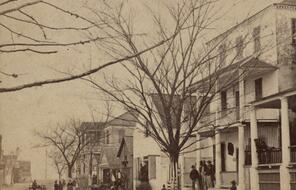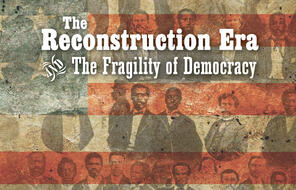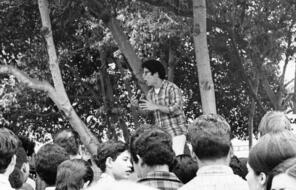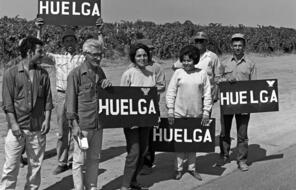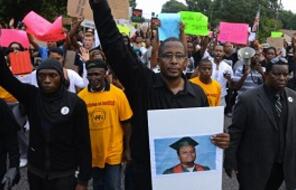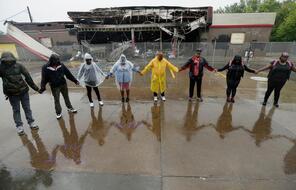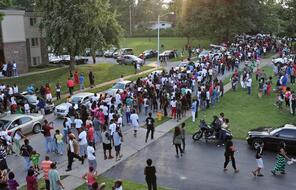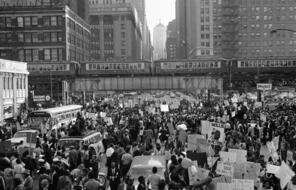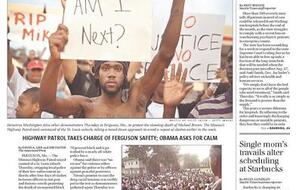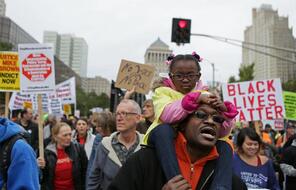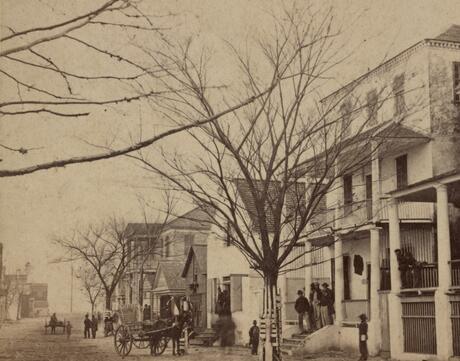
The History of Slave Patrols, Black Codes, and Vagrancy Laws
Subject
- History
- Social Studies
Grade
6–12Language
English — USPublished
Updated
Overview
About This Mini-Lesson
Contemporary issues surrounding policing, the criminal justice system, and racial injustice have deep historical roots, and examining even a piece of this history can help students more fully understand how historical legacies shape current events. Many scholars locate the origins of racism in policing—and other forms of bias in the criminal justice system—in the treatment of enslaved people before the Civil War. According to the Equal Justice Initiative article Presumption of Guilt:
To this day, we have not adequately confronted the legacy of racial injustice and instead have let it evolve into the widespread presumption that people of color are suspicious, dangerous, and criminal—that young Black men are to be feared, monitored, and even hunted. 1
This mini-lesson provides students with a brief overview of the history of policing in the early United States and then examines how laws—and the biased enforcement of those laws—were used to control the lives of Black Americans in the South following the Civil War.
- 1“Presumption of Guilt,” Equal Justice Initiative, accessed September 24, 2020.
Preparing to Teach
Activities
Activities
Materials and Downloads
Quick Downloads
Resources from Other Organizations
The History of Slave Patrols, Black Codes, and Vagrancy Laws
Preparing for a Conversation about Policing and Racial Injustice
Exploring Contemporary Experiences of Policing and Racial Injustice
Additional Resources
Resources from Other Organizations
Unlimited Access to Learning. More Added Every Month.
Facing History & Ourselves is designed for educators who want to help students explore identity, think critically, grow emotionally, act ethically, and participate in civic life. It’s hard work, so we’ve developed some go-to professional learning opportunities to help you along the way.
Exploring ELA Text Selection with Julia Torres
On-Demand

Working for Justice, Equity and Civic Agency in Our Schools: A Conversation with Clint Smith
On-Demand

Centering Student Voices to Build Community and Agency
On-Demand


